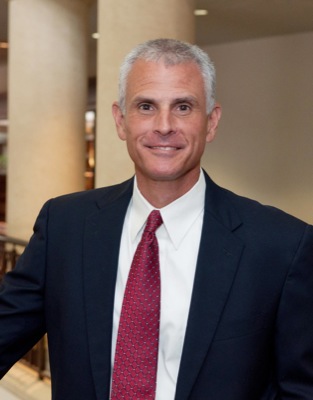
Joe Fields, director of convention management at the Lexington Convention Center
I am often asked by industry partners in the community “What convention centers do you compete with most often?” The answer usually comes as a surprise. For conventions, our primary competitors are not necessarily other centers, but often are hotels. Our convention center has 100,000 square feet of space and 600 committable rooms attached. Many of the conventions we vie for have only used large convention hotels in major markets. This is a challenge faced by many convention centers in small markets.
There are plenty of positives in taking a program that has traditionally been held in a larger market to a smaller one. Uniqueness. Charm. Affordability. Big fish, little pond. But in making a move from a large convention hotel to a smaller-market convention center, a planner must rethink how their request for proposal (RFP) is structured and how they approach contract negotiations. A few things to consider:
• Convention center contracts will usually include the set up of meeting spaces with a specified amount of staging and power to cover basic presentation or AV needs. Most services or equipment that are outside of those inclusions usually have charges associated with them. So although the hotel where your group met last year may have provided you at no charge an unlimited
⎯or at least a healthy amount⎯of skirted tables, a center may not. The same goes for water stations, easels, additional staging, power for entertainment or for table-top exhibitors. RFPs for a convention center must be as detailed as possible about all of these needs so your proposal will be as comprehensive as possible.
• Planners who have not used convention centers are sometimes surprised to discover that no heating or air conditioning is provided during move-in/move-out times. Generally heating/air is included only during times of occupancy, so be prepared during summer months to wear shorts and a t-shirt or a sweatshirt in winter while moving into registration or setting up AV. Also, in the RFP, specify the amount of time needed on the front end for setup and at the conclusion for move-out. If a full day is needed to set up for your opening session, make sure it is indicated and again, if the temperature of the room is an issue, make it known.
• Centers also all have their unique requirements regarding staffing, security, first-aid, insurance and other details. It is appropriate to ask for a copy of the building’s policies during the proposal stage.
Though competing with larger hotels can be a challenge for smaller-market facilities, we have found success. Even with the expense of additional equipment and services, we do prove to be affordable compared to hotels in first- or second-tier cities. Combine that with beautiful and versatile meeting and exhibit spaces, technical expertise and quality service in a unique destination, and planners will find small-market centers an appealing change of pace.
Joe Fields is the director of convention management at the Lexington Convention Center in Lexington, Ky., where he has worked for 11 years. Contact him at 859-233-4567 or at jFields@lexingtoncenter.com. The Lexington Convention Center manages not only the convention center, but also Rupp Arena and the Lexington Opera House. To learn more about the Lexington Convention Center, visit www.lexingtoncenter.com.











